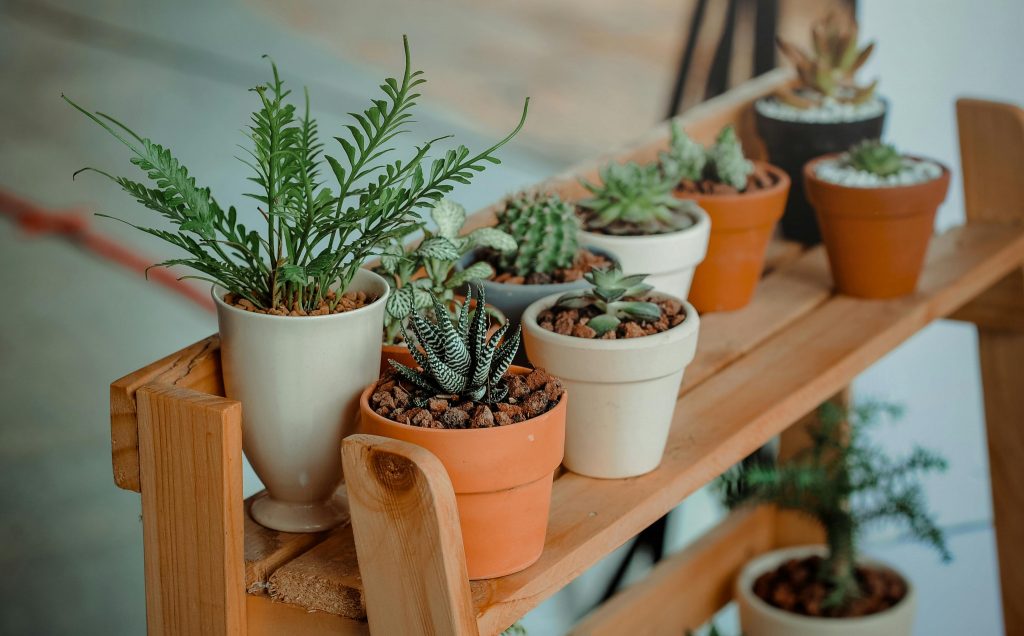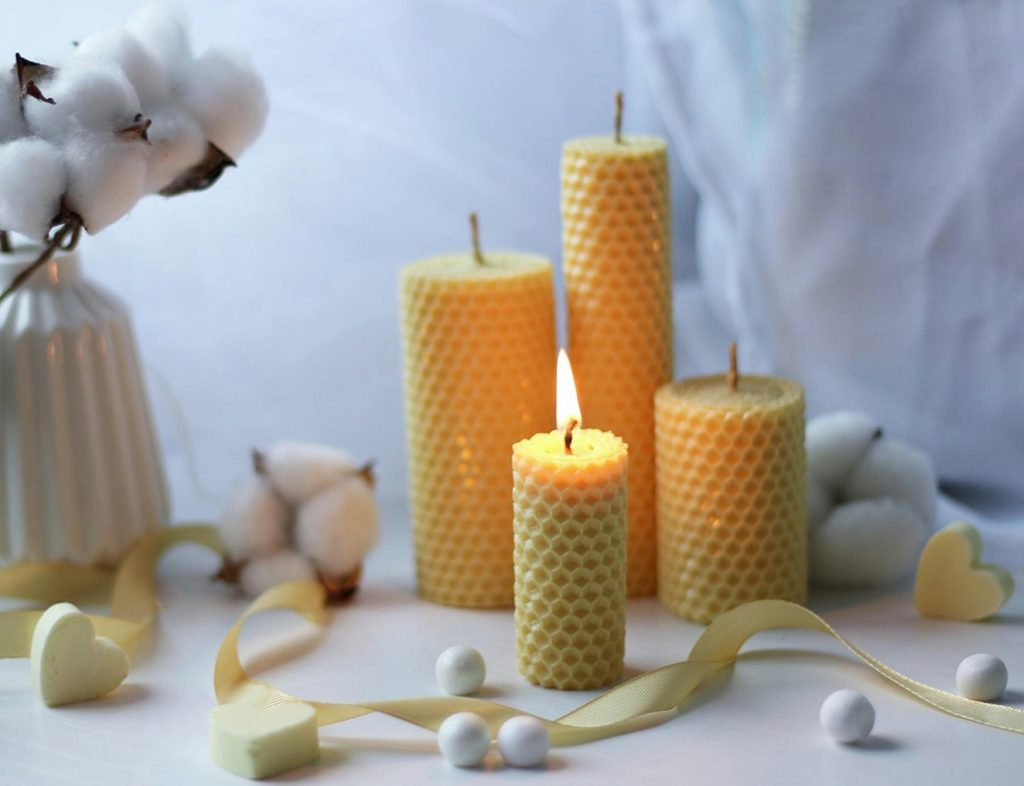Let’s be honest: Valentine’s Day feels incomplete without a bouquet of roses. They’re romantic, they’re classic, and they smell amazing. But have you ever stopped to think about what it takes to get those perfect blooms into your hands?
Spoiler alert: it’s not as rosy as it seems.
From energy-guzzling greenhouses to the long-haul flights that ship roses across the globe, there’s a pretty hefty environmental cost behind this Valentine’s tradition. The good news? You don’t have to give up on romance to be kind to the planet. In this post, we’re digging into the surprising environmental impact of roses and sharing some fun, eco-friendly alternatives to celebrate love this year.
Roses may look innocent, but their journey to your hands is anything but. Most of the roses sold for Valentine’s Day are grown in countries like Kenya, Ecuador, or Colombia—places where the warm climate allows them to bloom year-round. While that sounds great, getting these flowers to your local florist often involves refrigerated flights and long-haul shipping. That’s right, your bouquet likely travelled thousands of miles before landing in your arms.
And then there’s the greenhouse effect—literally. In colder regions, roses are grown in heated greenhouses to meet the February demand, using enormous amounts of energy for heat, light, and water. Some studies have even found that a single rose grown in a heated greenhouse can have a higher carbon footprint than one flown in from overseas.
Not so romantic, huh?
Beyond emissions, roses bring other environmental challenges. These flowers are water guzzlers, with rose farms requiring large amounts of irrigation. In areas already struggling with drought or water scarcity, this can put a strain on local communities and ecosystems. And then there are pesticides and fertilizers. To meet the demand for flawless blooms, large-scale farms use significant amounts of chemicals, which can leach into the soil and waterways, harming surrounding wildlife and polluting the environment.
While it’s easy to get swept up in the romance of gifting roses, the environmental cost of producing them might make you think twice about whether they’re worth it.
The good news is that you don’t have to ditch Valentine’s Day traditions entirely to reduce your impact. There are plenty of thoughtful, sustainable ways to celebrate that show love for both your partner and the planet. Here are some ideas to inspire you:

- Go Local and Seasonal: Choosing locally grown, seasonal flowers cuts down on the carbon emissions caused by international shipping and energy-hungry greenhouses. Seasonal blooms like tulips, daffodils, or wildflowers are not only beautiful but also require fewer resources to grow. By supporting local farmers, you’re also boosting your community’s economy and reducing waste from excessive packaging. Plus, seasonal flowers can add a unique and personal touch to your Valentine’s gift. For beautiful, hand-tied bouquets with a sustainable twist, check out: Contemporary Flowers | Canterbury Florists | Bouquets for Canterbury and The Kings Mile Florist | Canterbury
- Potted Plants for a Gift That Lasts: Potted plants are like a gift that keeps on giving. Unlike cut flowers, which have a short lifespan, potted plants can thrive for months or even years with proper care. They absorb carbon dioxide, improve air quality, and bring life to any indoor or outdoor space. Options like orchids, succulents, or even edible plants like herbs or strawberries are thoughtful, sustainable alternatives to traditional bouquets. Your partner will love the idea of nurturing something that grows just like your relationship! For beautiful houseplants in Canterbury, check out: Houseplants Canterbury – Thompsons Plants & Garden Centres
- DIY Bouquets and Decor: Crafting your own bouquet using foraged greenery, seasonal flowers, or even upcycled materials adds a deeply personal and sustainable touch to your Valentine’s Day gift. This creative process not only lets you express your own unique style, but it also significantly reduces your environmental footprint. By skipping store-bought options, you’re avoiding the energy-intensive supply chains, harmful pesticides, and plastic packaging associated with mass-produced flowers. Instead, you can take advantage of what’s available locally and seasonally, such as wildflowers, twigs, herbs, or even tree branches.
- Write a love letter in plantable paper: Take your Valentine’s message to the next level with plantable paper! This biodegradable paper, embedded with seeds, lets your heartfelt words grow into flowers, herbs, or even vegetables. After reading your note, your partner can plant the paper, allowing it to decompose and nurture the seeds, symbolizing the growth of your relationship. This eco-friendly alternative not only reduces waste but also leaves a lasting, living reminder of your love. You can even choose seeds with special meanings, like lavender for devotion or basil for good wishes, making it an even more personal and sustainable gift. For beautifully printed plantable paper, check out: Seed Paper – Printed In Devon
- DIY Beeswax Candles: Beeswax candles are a natural, eco-friendly gift that’s easy to make at home. Unlike paraffin candles, which release harmful chemicals, beeswax burns cleanly and even helps purify the air. To create your own, melt beeswax and pour it into upcycled containers like jars or teacups. Add a few drops of essential oil for fragrance and finish with a natural cotton wick. These candles are long-lasting, give off a cosy golden glow, and can be personalized with decorations like twine or pressed flowers. A thoughtful, sustainable gift that’s perfect for Valentine’s Day!
- Upcycled Jewellery: Upcycled jewellery is more than a gift—it’s a symbol of love and creativity. These pieces, made from materials like sea glass, reclaimed wood, or recycled metals, are as unique as your relationship. Giving your partner an eco-friendly necklace, bracelet, or earrings shows thoughtfulness, sustainability, and individuality all in one. To make it even more romantic, pick a piece that tells a story. For example, sea glass jewellery might remind them of a special seaside trip you took together, or reclaimed wood jewellery could symbolize how strong and rooted your connection is. Wrap it in a reusable fabric pouch to keep the eco-friendly theme intact. For stunning, ethical, and handcrafted pieces, check out: Siesta Crafts UK
- Zero-Waste Pamper Kit: Picture surprising your partner with a thoughtful evening of self-care that’s as kind to the planet as it is to them. A zero-waste pamper kit makes a meaningful Valentine’s gift, showing that you care about their well-being and the environment. Pack it with sustainable treasures like reusable makeup pads, handmade natural soaps, a bamboo hairbrush, and soothing bath salts. For an extra personal touch, choose scents they love—perhaps calming lavender or romantic rose—and present it all in a reusable cloth bag or a charming wicker basket to keep the packaging waste-free. To add a romantic twist, include a soy or beeswax candle to set the mood and tuck in a heartfelt note encouraging them to unwind. Better yet, make it a shared experience—draw a warm bath, light the candle, and let the eco-friendly pampering bring you closer together for a memorable Valentine’s evening. For plastic-free, sustainable self-care goodies, check out: Canterbury’s plastic-free refill shop – The Refillery. Additionally, for online options, Pamper Dreams offers a selection of zero-waste pampering and body care products, including plastic-free, organic, and vegan items. You can explore their offerings here: Zero Waste Store | Eco-Friendly Pampering & Body Care | Pamper Dreams.

Valentine’s Day is all about showing love—but why stop at just your partner? With a little creativity, you can make this holiday special for them and the planet. By choosing thoughtful, sustainable gifts, you’re ditching the waste and giving something that actually lasts—whether it’s a potted plant, a DIY pamper kit, or a handwritten love letter on plantable paper.
The best part? These gifts aren’t just kind to the Earth; they’re personal, meaningful, and way more special than a last-minute supermarket bouquet. Whether it’s a candlelit pamper night, a homemade treat, or jewellery with a story, the effort you put in makes all the difference.
So, which of these ideas are you trying this year?
Or do you have your own go-to eco-friendly Valentine’s tradition? Let’s swap ideas in the comments!
 Sustainability
Sustainability Bethany Climpson
Bethany Climpson 2312
2312


